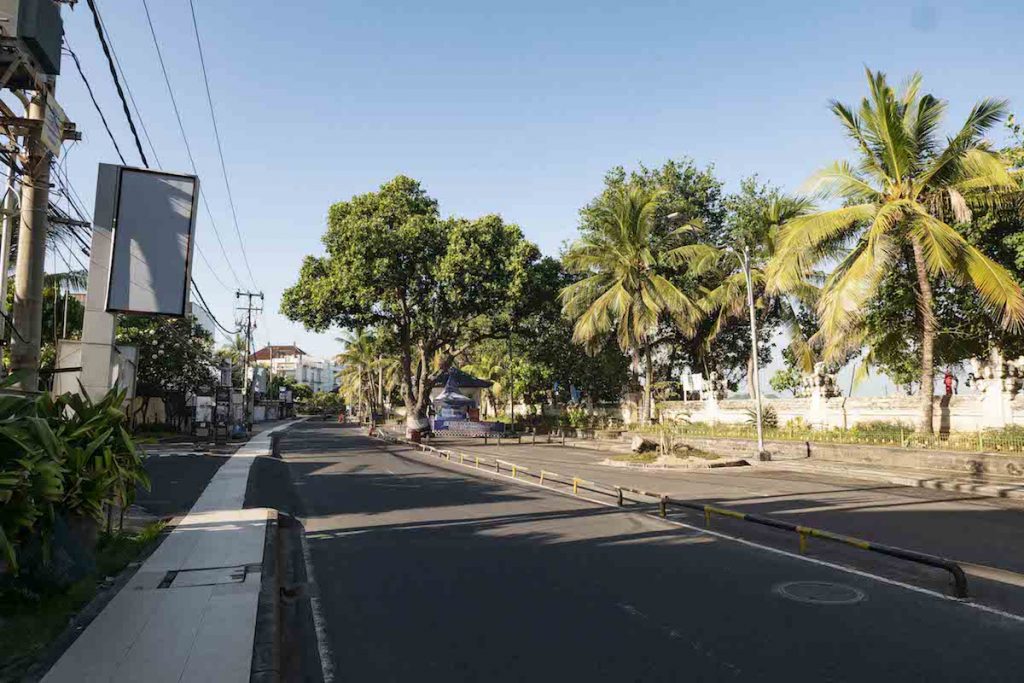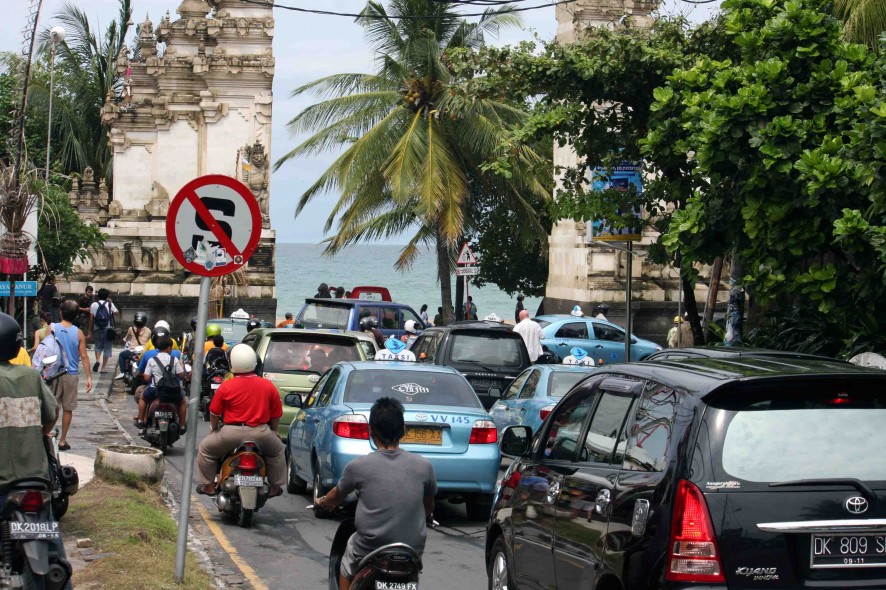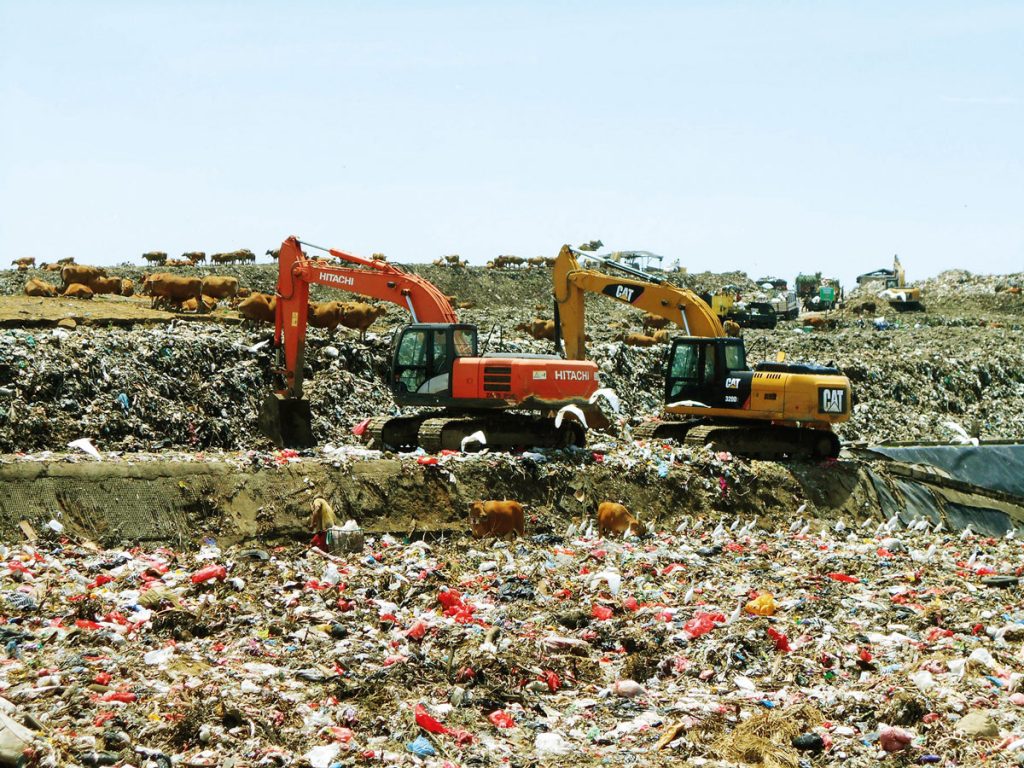You can listen to this article here:
I have long been a huge fan and advocate of tourism, promoting it, working on branding ideas and creating programs for cities, islands and countries for years. I’ve handled PR for airlines, published inflight magazines, made post-crisis recovery programs (of which there have been too many in Indonesia-and still are much needed) and done advertising for hotels, restaurants, resorts, airlines, parks and destinations: the complete spectrum. But now I am thinking again.
Tourism is such a force for good, opening eyes and hearts to new cultures and experiences, and opening wallets from rich countries to support poorer ones. Tourism protects and cherishes both culture and nature – if its done well – and here lies the problem, it rarely is. And while it is understandable that in the early days the management of tourism in the principal destinations of the world was poorly done, there is no excuse now as the money has poured in to the tax coffers and the people have piled off their planes.

Now some major destinations have handled mass tourism very well because they already had seriously well organised infrastructure in place for their own citizens: London, Paris, Rome and New York absorb tourists with much greater ease than smaller cities, islands and villages, who really had to develop specific tourism-based destination management programs, to handle large arrivals… but didn’t. Now let’s not blame them – that’s not what local governments are set up to do – but after 20-30-40 years of exposure perhaps they could have listened, observed, learned, and adapted. An island like Bali needs specific tourism management, not an adjunct for its normal local government practices, because tourism is just the centre of an intertwined network of necessary additional infrastructure and services which are totally interdependent.
Mass tourism needs mass transportation which Bali, Lombok, Jogja, Bandung, Manado, Batam and Bintan don’t have. Which leads to traffic jams, pollution, poor access to tourism sites, major parking problems, and ultimately frustration and a diminution of the tourism experience.
Mass tourism needs more electricity, more water, more space, and leads to more carbon emissions, more droughts, more waste, more plastic, more arable land used for hotels, restaurants, shops & tourism related services. You can quickly see the problem. Turning on the tourism tap is not the same as developing services for a population increasing at 2-3% a year. It’s opening the flood gates to 10-15-20% a year till the tourists out-number the locals by 2 to l or in the case of Venice 200 to l. Over-tourism is real, and it’s a nightmare, and no-one, locals and tourists alike, enjoy it.

But that’s not the end of the story. We then have to deal with the hidden dangers of mass tourism: the cultural pollution as buildings and whole cities are “westernised” to accommodate the whims of the visitors, local languages are lost, local rituals marginalised, local traditions and values pushed aside. The whole destination homogenised for the sake of profit for the very few. All justified by a politically based, and wholly incorrect, system of success reporting based on the numbers of arrivals. “We are so proud that we achieved a 20% growth in arrivals this year”. I have heard say so often. That is not success. It is failure if that 20% is not reflected in the average earnings of the locals. And it rarely is. No sorry. It never is. It results in a degradation of their environment, so actually it’s the complete opposite of compensation.
Tourism needs a whole new (I hate the word) paradigm. It needs to be focused not on numbers but on the value, the real value, to the community. We need to weigh up the economic benefits against the negatives. We need to ensure there is no pollution of air, land, water or culture. We need to establish maximum carrying capacities for each destination and enforce a Code of Conduct for every arriving passenger (whether domestic or international). We need to zone correctly and make sure that some places of beauty or of cultural value are simply NEVER developed.

But most of all we need to have a Public-Private Partnership that speaks to each other, that represents each part of their constituency and who are empowered to actually do things. The private sector needs to encompass not only the hotels but the restaurants and the clubs, the retail and the parks, the tours and the wellness centres, the cultural venues and the galleries. The Public Sector should not just be the tourism Depts but the Cultural Depts, plus traffic, waste, water and energy sectors and as we have seen recently, health departments, but also planning, zoning and the environment. Tourisms biggest challenges are not in the tourism industry but all that surrounds and affects it.
If we get that then we may be able to say that tourism is again a force for good. But we have a long way to go.
Since the pandemic, Bali has been longing for tourism to restart, for the borders to open, for the once flourishing industry to ‘save’ the island from the financial difficulties it currently endures… but nothing has been improved in that time, no real changes have been implemented, which means that when we open we may be leading ourselves to the same model of mass tourism we had before. Is that really what we want?
If you liked this article, you may also like our Podcast Episode ‘Promoting Tourism in Bali, Is There a Right Way?’







